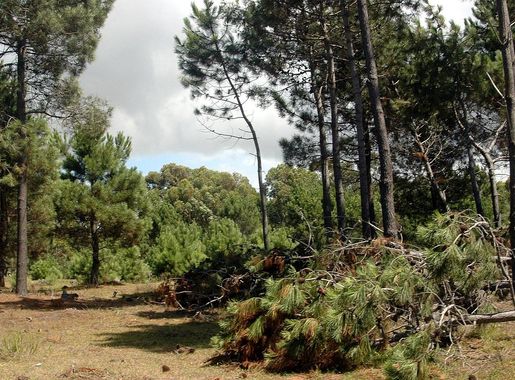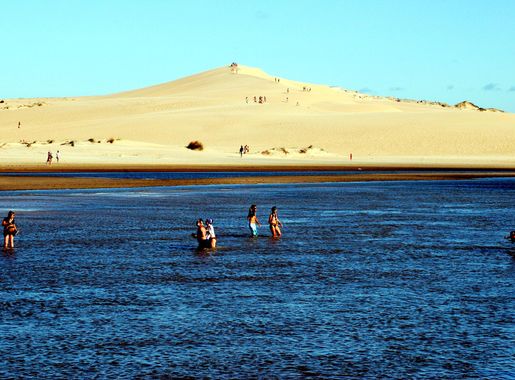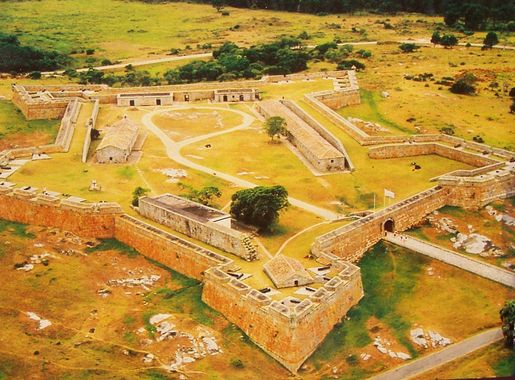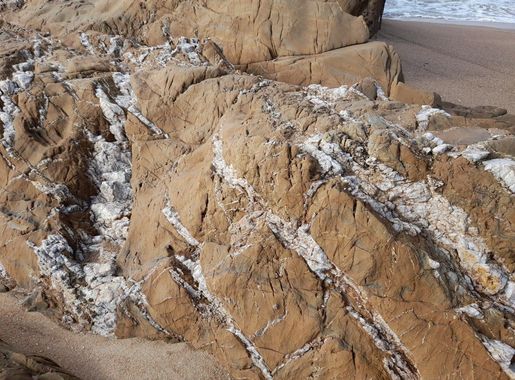
Sierra de Rocha: Uruguay's Hidden Natural Gem
Discover Sierra de Rocha, Uruguay's hidden gem, where rolling hills, rich biodiversity, and cultural heritage create the perfect nature escape.
Nestled in the eastern region of Uruguay, the Sierra de Rocha offers an exquisite escape into nature's tranquil embrace. This picturesque mountain range is adorned with rolling hills, lush forests, and pristine rivers, making it an ideal destination for nature lovers and adventure seekers alike. The Sierra de Rocha is renowned for its stunning biodiversity. Visitors can explore the region's rich flora and fauna, including unique species of birds and plants that are native to the area. Hiking trails wind through the verdant landscape, offering breathtaking views and serene spots perfect for a picnic or a moment of reflection. In addition to its natural beauty, the Sierra de Rocha is steeped in cultural heritage. The local communities are warm and welcoming, often sharing stories and traditions that have been passed down through generations. Traditional Uruguayan cuisine can be savored at local eateries, where dishes are prepared with fresh, locally-sourced ingredients. Whether you're looking to embark on an adventurous hike, bird-watch, or simply unwind in a peaceful setting, the Sierra de Rocha provides an unforgettable experience. Its untouched beauty and serene atmosphere make it a must-visit destination for anyone exploring Uruguay.
Local tips in Sierra de Rocha
- Bring comfortable hiking shoes for exploring the trails.
- Visit during spring or fall for the best weather and fewer crowds.
- Carry a reusable water bottle to stay hydrated and reduce plastic waste.
- Hire a local guide to learn more about the region's flora, fauna, and history.
- Don't forget your binoculars for bird-watching.
- Try the local honey and cheeses, which are specialties of the region.
Sierra de Rocha: Uruguay's Hidden Natural Gem
Nestled in the eastern region of Uruguay, the Sierra de Rocha offers an exquisite escape into nature's tranquil embrace. This picturesque mountain range is adorned with rolling hills, lush forests, and pristine rivers, making it an ideal destination for nature lovers and adventure seekers alike. The Sierra de Rocha is renowned for its stunning biodiversity. Visitors can explore the region's rich flora and fauna, including unique species of birds and plants that are native to the area. Hiking trails wind through the verdant landscape, offering breathtaking views and serene spots perfect for a picnic or a moment of reflection. In addition to its natural beauty, the Sierra de Rocha is steeped in cultural heritage. The local communities are warm and welcoming, often sharing stories and traditions that have been passed down through generations. Traditional Uruguayan cuisine can be savored at local eateries, where dishes are prepared with fresh, locally-sourced ingredients. Whether you're looking to embark on an adventurous hike, bird-watch, or simply unwind in a peaceful setting, the Sierra de Rocha provides an unforgettable experience. Its untouched beauty and serene atmosphere make it a must-visit destination for anyone exploring Uruguay.
When is the best time to go to Sierra de Rocha?
Iconic landmarks you can’t miss
Fortress of Santa Teresa
Explore the Fortress of Santa Teresa, a historical gem in Uruguay rich in military heritage and surrounded by stunning coastal beauty.
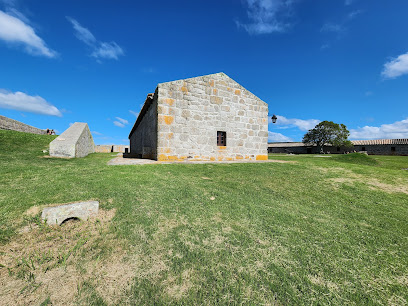
El Faro del Cabo Santa Maria
Explore the breathtaking Cabo Santa Maria Lighthouse, a historic gem on Uruguay's stunning coastline, perfect for nature lovers and adventure seekers.
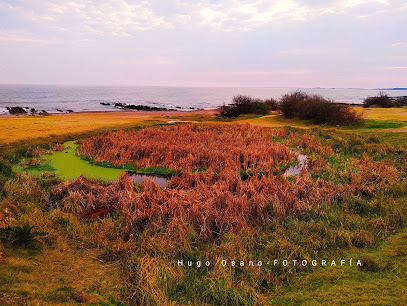
Sendero “Barra de la Laguna”
Explore the breathtaking Sendero 'Barra de la Laguna' in La Pedrera, Uruguay, where stunning natural beauty and tranquil landscapes await every visitor.
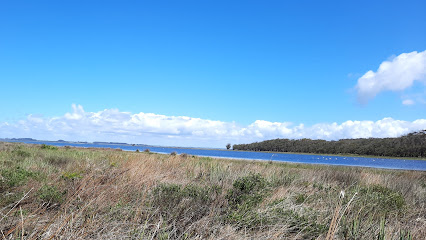
la Estiva Park
Explore La Estiva Park, a serene haven in Rocha, Uruguay, perfect for nature lovers and families seeking relaxation and outdoor activities.
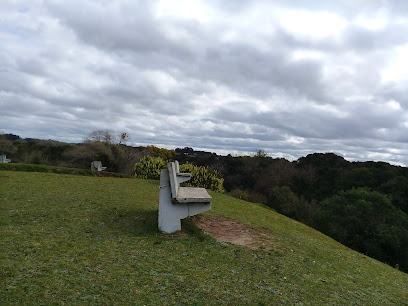
Parador Sierras de Rocha
Discover the beauty of Rocha Department at Parador Sierras de Rocha, a resort hotel that blends adventure, relaxation, and nature in perfect harmony.
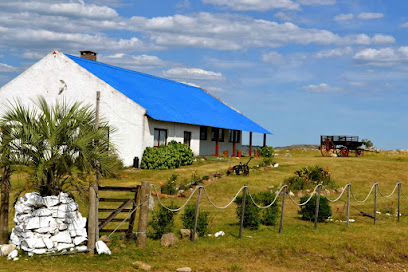
Caballos de Luz
Discover tranquility and adventure at Caballos de Luz, a guest house offering horseback riding in the stunning Rocha landscapes of Uruguay.
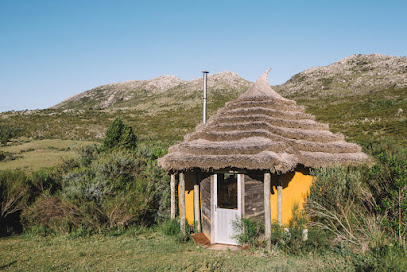
Posada de las Estrellas
Experience the charm of Sierras de Rocha at Posada de las Estrellas, where comfort meets culture in a stunning natural landscape.
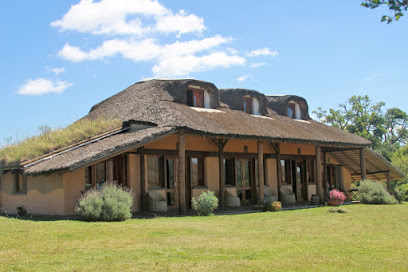
Mirador del Urubú
Discover the stunning vistas of Mirador del Urubú, a top hiking area in Rocha Department, Uruguay, perfect for nature lovers and adventurers alike.
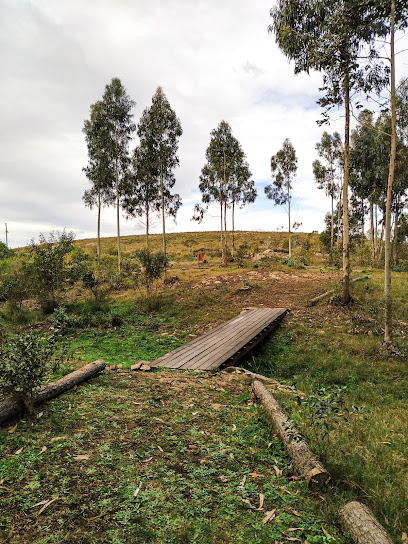
Sierra de los Rocha
Explore the stunning landscapes of Sierra de los Rocha in Uruguay, a perfect destination for hiking, nature photography, and wildlife watching.
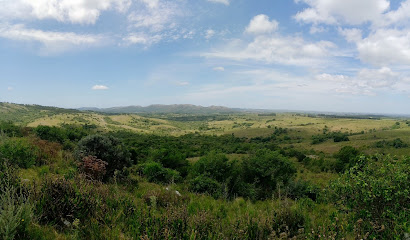
Unmissable attractions to see
Santa Teresa National Park
Explore the breathtaking landscapes and rich biodiversity of Santa Teresa National Park, a must-visit destination for nature lovers in Uruguay.
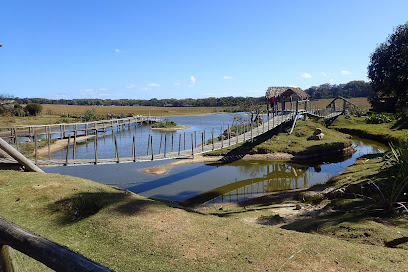
Salto del Penitente
Explore the breathtaking beauty of Salto del Penitente, a stunning waterfall and park in Lavalleja, Uruguay, perfect for nature lovers and adventure seekers.
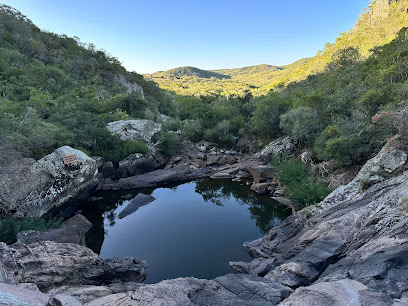
Laguna Garzón Bridge
Explore the stunning Laguna Garzón Bridge in Uruguay, where unique architecture meets breathtaking natural landscapes for an unforgettable experience.
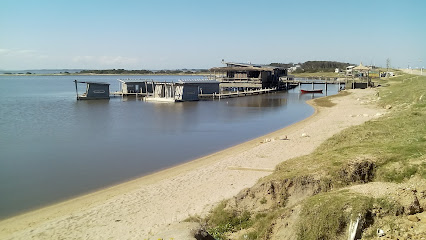
San Miguel National Park
Discover the natural beauty of San Miguel National Park in Uruguay, a perfect getaway for hiking, birdwatching, and enjoying the tranquility of nature.
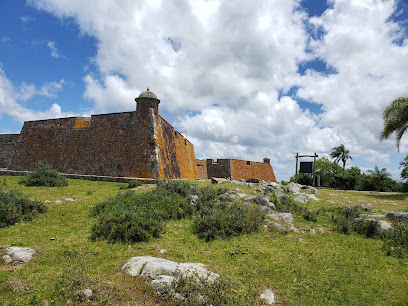
Fuerte San Miguel
Explore Fuerte San Miguel, a historical fortress in Rocha Department, Uruguay, blending military heritage with stunning coastal views and natural beauty.
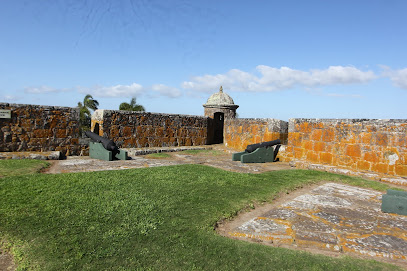
Del Rivero Beach
Explore the stunning Del Rivero Beach in Punta del Diablo, where golden sands meet vibrant waters for an unforgettable coastal experience.
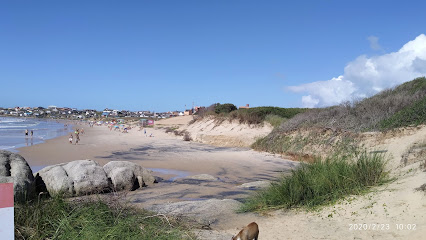
la Estiva Park
Explore La Estiva Park in Rocha, Uruguay – a tranquil green space perfect for relaxation, picnics, and enjoying nature's beauty.
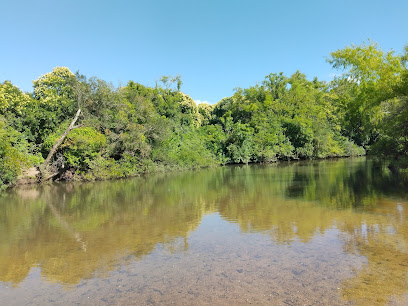
Reserva de Lobos Marinos de Cabo Polonio
Experience the breathtaking beauty of Cabo Polonio's Sea Lion Reserve, a wildlife haven that showcases nature's wonders in Uruguay's stunning coastal landscape.
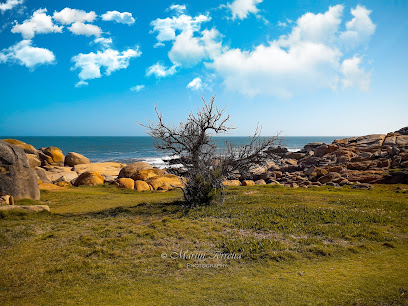
El Potrerillo De Santa Teresa
Explore El Potrerillo De Santa Teresa, a stunning natural attraction in Uruguay, where breathtaking landscapes and diverse wildlife await every visitor.
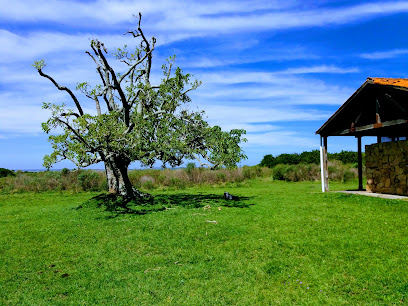
Mirador del Urubú
Discover the stunning landscapes and peaceful hiking trails of Mirador del Urubú in Rocha Department, the perfect escape for nature lovers.
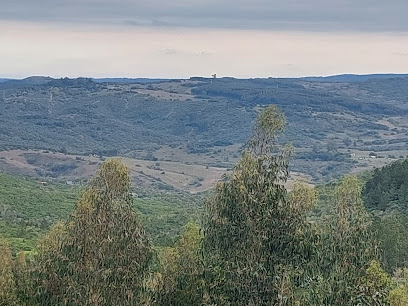
Essential places to dine
Lo de Edinson
Experience authentic Uruguayan cuisine at Lo de Edinson in La Paloma – a must-visit dining destination offering delicious dishes in a charming setting.
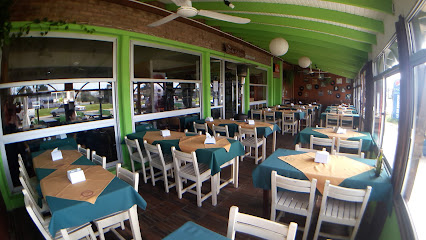
Americano
Experience the rich flavors of Uruguay at Americano, Rocha's top destination for delicious cuisine and warm hospitality.
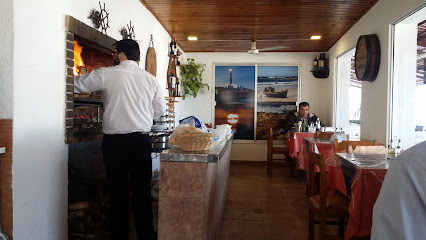
Parador Rocha
Experience the authentic flavors of Uruguay at Parador Rocha - a must-visit restaurant in the heart of Rocha Department.
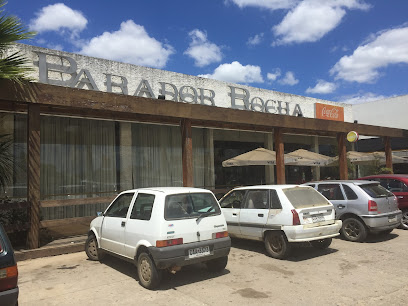
La Ballena
Experience authentic Uruguayan cuisine at La Ballena in La Paloma - where fresh ingredients meet coastal charm.
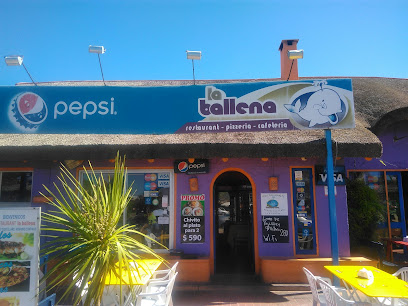
Apalco
Experience the authentic taste of Uruguay at Apalco in Rincon de la Laguna - where local flavors meet exceptional hospitality.
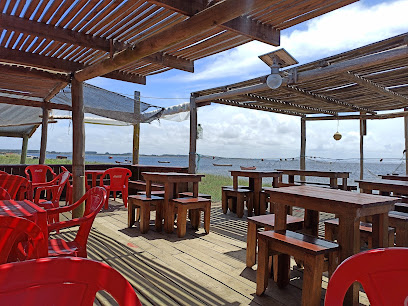
Parador María Esther
Discover Parador María Esther in Rocha - where delicious fast food meets Uruguayan hospitality.

Restaurante La Proa
Experience authentic Uruguayan seafood at Restaurante La Proa in beautiful Barra de Valizas - where every meal is a celebration of local flavors.
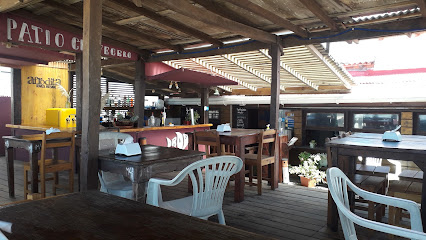
Petisco
Discover Petisco in La Pedrera: A culinary delight blending local flavors with international flair amidst stunning coastal scenery.
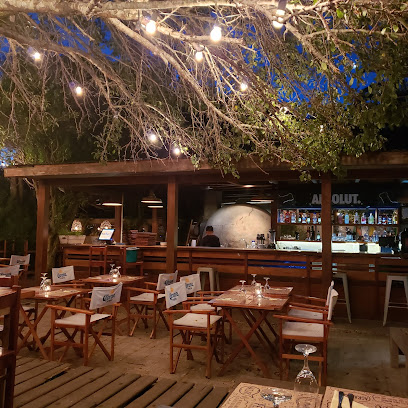
Punto sur
Discover Punta Sur in La Paloma for exquisite seafood dishes and a cozy atmosphere perfect for all occasions.
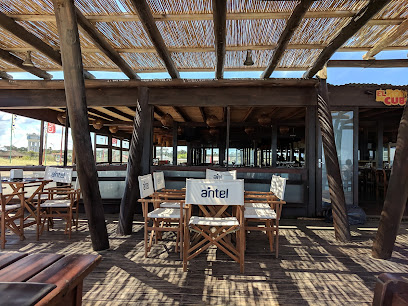
Restobar Upalala
Experience local flavors at Restobar Upalala in La Paloma - a culinary haven for tourists seeking authentic Uruguayan cuisine.
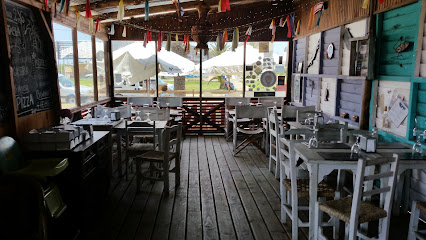
Restaurante La Folie
Discover the culinary delights of Restaurante La Folie in La Paloma - where local flavors meet international cuisine.
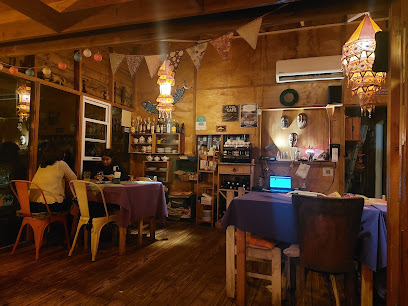
Garzon
Experience exquisite Uruguayan cuisine at Garzon - where local ingredients meet culinary artistry in an elegant setting.
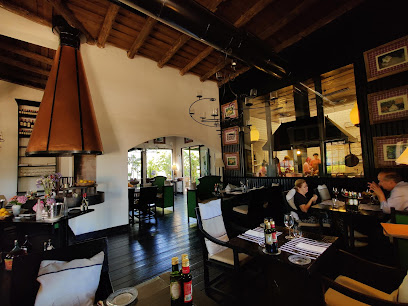
La Balsa Restaurante y Lodge
Experience exquisite Uruguayan cuisine at La Balsa Restaurante y Lodge in scenic Rocha Department, combining gourmet dining with cozy lodge accommodations.
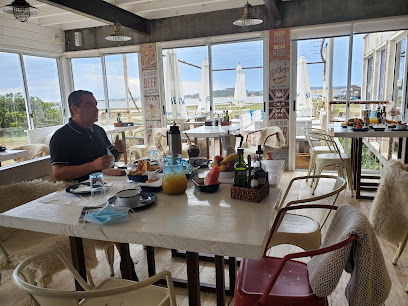
City Café
Discover the flavors of Rocha at City Café - where local ingredients meet cozy ambiance for an unforgettable dining experience.
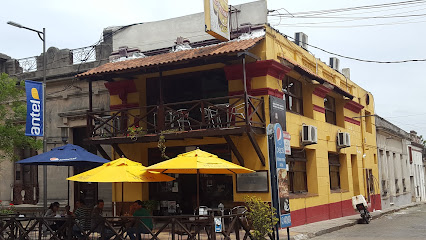
El Pato
Experience authentic Uruguayan flavors at El Pato in Rocha - a cozy restaurant perfect for family gatherings or intimate dinners.
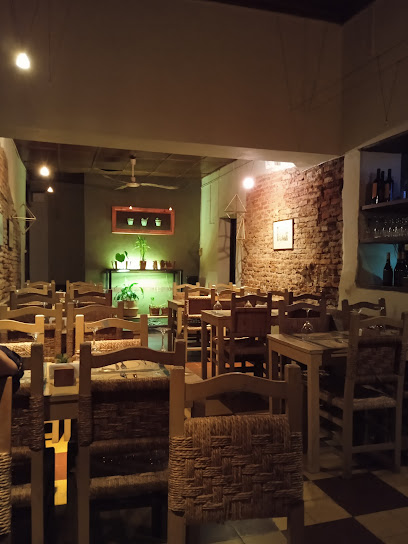
Markets, malls and hidden boutiques
Tiendas Montevideo
Explore Tiendas Montevideo in Rocha, Uruguay for unique home goods that reflect local culture and craftsmanship, perfect for souvenirs and decor.

Brillante Srl
Discover unique gifts and local treasures at Brillante Srl, Rocha's top spot for eclectic home goods and memorable souvenirs.
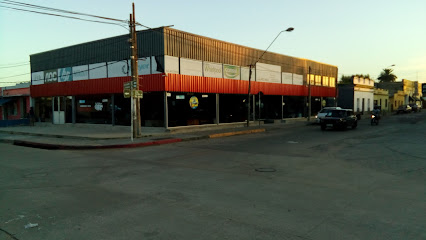
Namaste Rocha
Discover fresh organic produce and health-conscious products at Namaste Rocha, a delightful shopping destination in Uruguay's Rocha region.

Mega Luna
Explore Mega Luna in Rocha, a unique home goods store offering appliances, clothing, bicycles, and furniture for an unforgettable shopping experience.

Tienda Simger
Explore a vibrant world of textiles at Tienda Simger, a must-visit fabric store in Rocha, offering a unique selection for all your crafting needs.
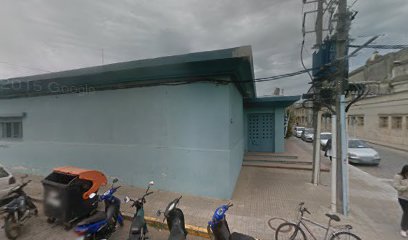
Smart Shop
Explore Smart Shop in Rocha for expert security system installation and a wide range of tech products in a friendly atmosphere.
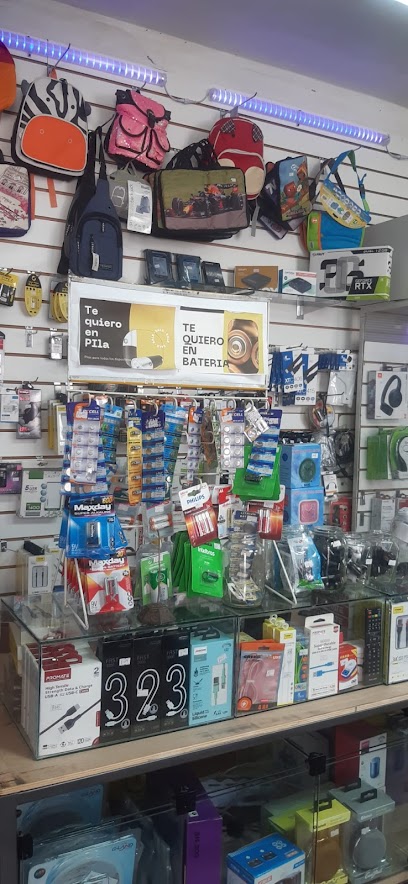
Zaguan Boutique
Explore the elegance of haute couture at Zaguan Boutique in Rocha, where fashion meets local craftsmanship in every exquisite piece.
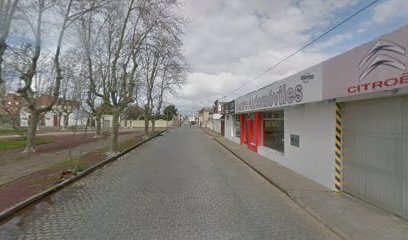
Luly Crea Para Ti
Explore Luly Crea Para Ti in Rocha, Uruguay, for unique handmade gifts and local crafts that capture the spirit of the region.

DN TIENDA
Explore Rocha's DN TIENDA for a stylish selection of clothing that captures the essence of Uruguayan fashion and local culture.

Mitos Urbanos Ropa Y Calzado
Explore Rocha's vibrant fashion scene at Mitos Urbanos, where unique styles and quality clothing await you.
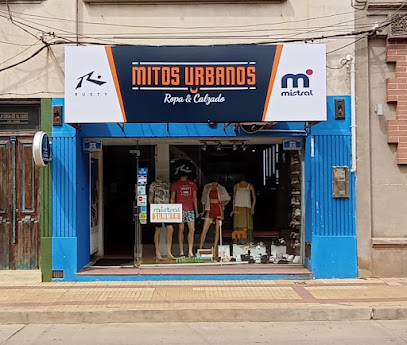
Provision miguelo
Discover Rocha's charm at Provision Miguelo, a delightful general store offering local delicacies and unique souvenirs for every traveler.
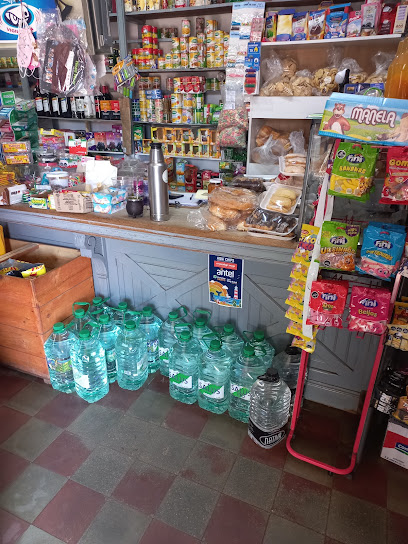
El Deseo tu Local
Explore Rocha's unique fashion scene at El Deseo tu Local, where local style meets quality clothing in an inviting atmosphere.
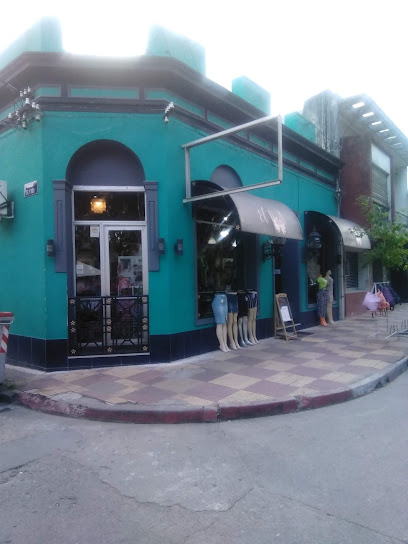
Sabores de la Colonia Suiza
Discover the freshest organic produce and artisanal goods at Sabores de la Colonia Suiza in Rocha, a true culinary gem of Uruguay.
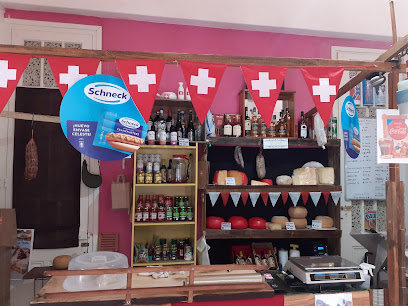
Grace by ECos
Explore the vibrant world of needlework at Grace by ECos, a charming shop in Rocha, Uruguay, offering supplies and handcrafted treasures.

Sierra de los Rocha
Explore the breathtaking Sierra de los Rocha, a hidden gem in Uruguay offering stunning views and outdoor adventures amidst nature's beauty.
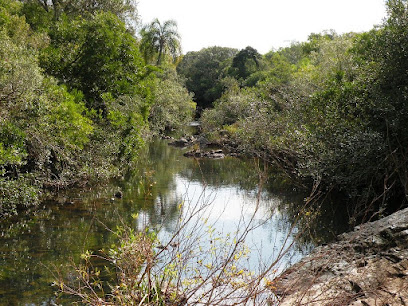
Essential bars & hidden hideouts
Modo Boliche
Experience the vibrant nightlife of Rocha at Modo Boliche, where delicious food and drinks meet an unforgettable atmosphere.
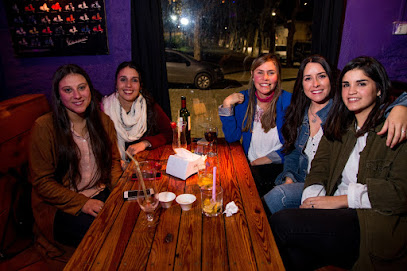
INTI bar
Discover the lively INTI Bar in La Pedrera, a gastropub offering a delightful fusion of local flavors and vibrant nightlife.
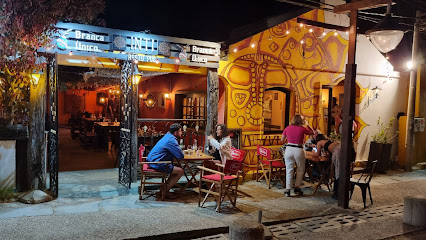
Bar Chiringo himalaya
Experience the vibrant atmosphere and stunning views at Bar Chiringo Himalaya, the perfect coastal bar in La Paloma, Uruguay.
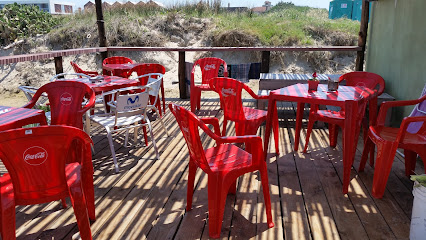
La Negra RestoPub
Discover La Negra RestoPub in La Pedrera, where delicious food meets lively nightlife in a charming coastal setting.
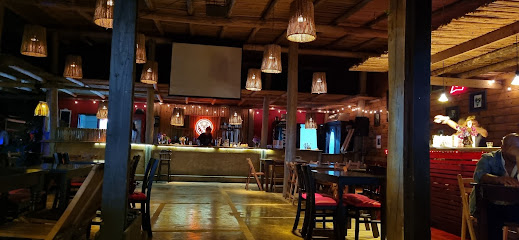
Antonia Bar
Experience the lively atmosphere and creative cocktails at Antonia Bar in La Pedrera, a must-visit destination for unforgettable nights.
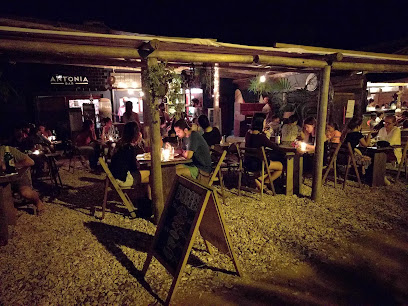
BAR SR CHIQUITO
Discover the lively atmosphere of BAR SR CHIQUITO in Castillos, Uruguay, where locals and tourists come together for great drinks and unforgettable moments.
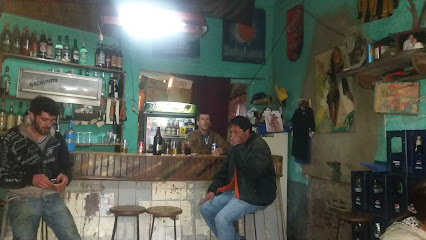
Yaros Parador
Discover culinary excellence at Yaros Parador, a premier gastropub on Playa del Barco, La Pedrera, blending local flavors with stunning ocean views.
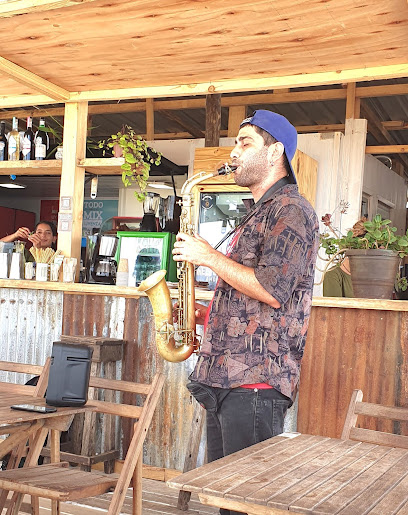
Morena Bar
Experience Rocha's vibrant nightlife at Morena Bar, where delicious cocktails and live music create the perfect evening ambiance.
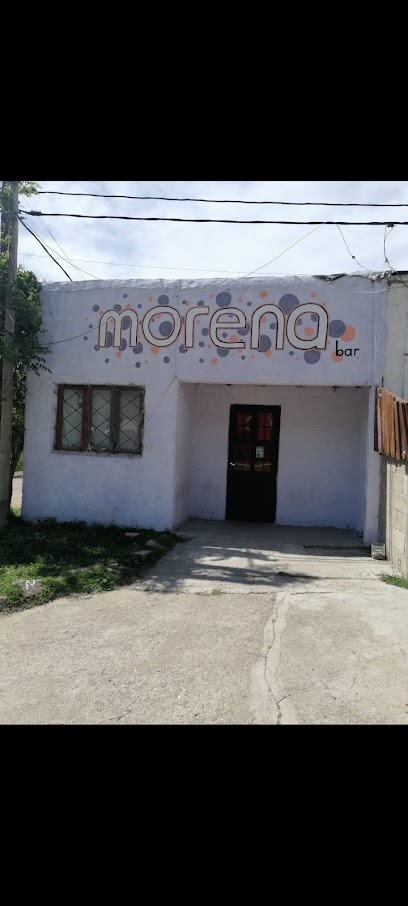
Bar del Cachango
Experience the lively spirit of Rocha at Bar del Cachango, where local flavors and a warm atmosphere await every visitor.

Resto pub La Curva
Experience the lively atmosphere of Resto Pub La Curva in Arachania, Rocha, where local culture meets vibrant nightlife for an unforgettable evening.
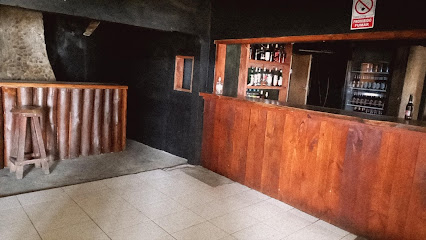
Aguada Bar
Discover Aguada Bar in La Paloma, a vibrant seaside bar offering refreshing drinks, stunning views, and a lively coastal atmosphere perfect for tourists.
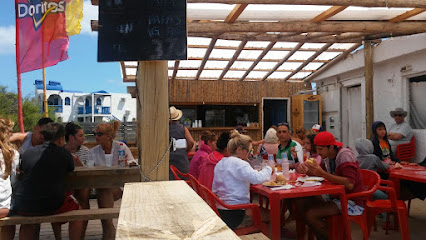
Don Lucero Arte Pub
Discover the lively culture of Arachania at Don Lucero Arte Pub, where great music, local drinks, and a welcoming atmosphere await.
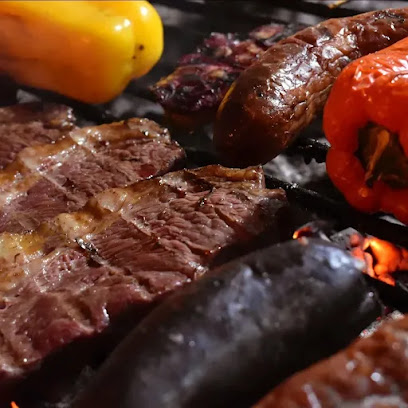
El Bar de La Pedrera
Experience the vibrant nightlife at El Bar de La Pedrera, where locals and tourists come together for unforgettable nights filled with music and drinks.
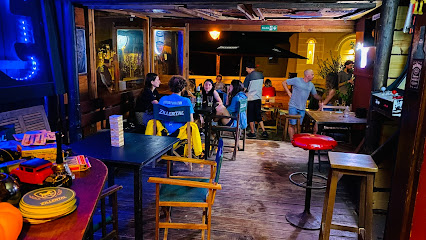
Cerveceria DRAGONES
Discover Cerveceria DRAGONES, a brewpub in Rocha offering exceptional craft beers and delicious food in a charming setting.
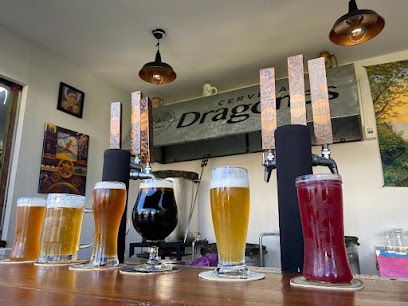
Bar Voló la GORDA
Experience the vibrant coastal atmosphere at Bar Voló la GORDA in La Paloma, where local flavors meet a welcoming ambiance.
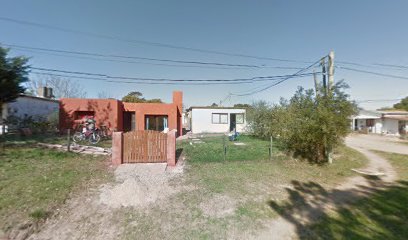
Local Phrases about Sierra de Rocha
-
- HelloHola
[oh-lah] - GoodbyeChau
[chow] - YesSí
[see] - NoNo
[noh] - Please/You're welcomePor favor/De nada
[pohr fah-vohr/deh nah-dah] - Thank youGracias
[grah-see-ahs] - Excuse me/SorryDisculpe/Perdón
[dees-kool-peh/pehr-dohn] - How are you?¿Cómo estás?
[koh-moh ehs-tahs] - Fine. And you?Bien. ¿Y tú?
[byehn. ee too] - Do you speak English?¿Hablas inglés?
[ah-blahs een-glehs] - I don't understandNo entiendo
[noh ehn-tee-ehn-doh]
- HelloHola
-
- I'd like to see the menu, pleaseMe gustaría ver el menú, por favor
[meh goos-tah-ree-ah vehr ehl meh-noo, pohr fah-vohr] - I don't eat meatNo como carne
[noh koh-moh kahr-neh] - Cheers!¡Salud!
[sah-lood] - I would like to pay, pleaseMe gustaría pagar, por favor
[meh goos-tah-ree-ah pah-gahr, pohr fah-vohr]
- I'd like to see the menu, pleaseMe gustaría ver el menú, por favor
-
- Help!¡Ayuda!
[ah-yoo-dah] - Go away!¡Vete!
[veh-teh] - Call the Police!¡Llama a la policía!
[yah-mah ah lah poh-lee-see-ah] - Call a doctor!¡Llama a un médico!
[yah-mah ah oon meh-dee-koh] - I'm lostEstoy perdido/a
[ehs-toy pehr-dee-doh/dah] - I'm illEstoy enfermo/a
[ehs-toy ehn-fehr-moh/dah]
- Help!¡Ayuda!
-
- I'd like to buy...Me gustaría comprar...
[meh goos-tah-ree-ah kohm-prahr] - I'm just lookingSólo estoy mirando
[soh-loh ehs-toy mee-rahn-doh] - How much is it?¿Cuánto cuesta?
[kwan-toh kwehs-tah] - That's too expensiveEso es muy caro
[eh-soh ehs mwee kah-roh] - Can you lower the price?¿Puedes bajar el precio?
[pweh-dehs bah-hahr ehl pree-syoh]
- I'd like to buy...Me gustaría comprar...
-
- What time is it?¿Qué hora es?
[keh oh-rah ehs] - It's one o'clockEs la una en punto
[ehs lah oo-nah ehn poon-toh] - Half past (10)Media (10)
[meh-dyah (deez-eez)] - MorningMañana
[mah-nyah-nah] - AfternoonTarde
[tahr-deh] - EveningNoche
[noh-cheh] - YesterdayAyer
[ah-yehr] - TodayHoy
[oy] - TomorrowMañana
[mah-nyah-nah] - 1Uno
[oo-noh] - 2Dos
[dohs] - 3Tres
[trehs] - 4Cuatro
[kwah-troh] - 5Cinco
[seen-koh] - 6Seis
[says] - 7Siete
[syeh-teh] - 8Ocho
[oh-choh] - 9Nueve
[nweh-veh] - 10Diez
[dyehs]
- What time is it?¿Qué hora es?
-
- Where's a/the...?¿Dónde está...?
[dohn-deh ehs-tah] - What's the address?¿Cuál es la dirección?
[kwal ehs lah dee-rehk-syon] - Can you show me (on the map)?¿Puedes mostrarme (en el mapa)?
[pweh-dehs mohs-trahr-meh (ehn ehl mah-pah)] - When's the next (bus)?¿Cuándo es el próximo (ómnibus)?
[kwan-doh ehs ehl prohk-see-moh (ohm-nee-boos)] - A ticket (to ....)Un boleto (para ....)
[oon boh-leh-toh (pah-rah)]
- Where's a/the...?¿Dónde está...?
History of Sierra de Rocha
-
Long before European explorers set foot in Uruguay, the Sierra de Rocha region was inhabited by indigenous tribes, including the Charrúa and the Minuán peoples. These tribes were known for their hunter-gatherer lifestyles and their deep connection with the natural landscape of the region. Archaeological evidence, such as stone tools and cave paintings, suggests that these indigenous communities thrived in the area for thousands of years.
-
During the early 16th century, Spanish and Portuguese explorers began to chart the coastlines of South America, including the region around Sierra de Rocha. The first recorded European contact in the area was made by the Portuguese navigator Ferdinand Magellan in 1516. Subsequent expeditions by Spanish explorers led to the establishment of colonial settlements, bringing significant cultural and demographic changes to the region.
-
In the early 19th century, the region known as the Banda Oriental, which includes present-day Uruguay, was a contested territory between the Spanish, Portuguese, and indigenous groups. In 1831, the town of Rocha was officially founded by Don Rafael Pérez del Puerto, a Spanish military officer. The town was named in honor of Captain Francisco de Rocha, a prominent figure in the early colonial history of the area. This period marked the beginning of organized European settlement in Sierra de Rocha.
-
The early 19th century was a tumultuous time for the region, as Uruguay fought for its independence from Spanish and Portuguese rule. The Sierra de Rocha area played a strategic role during the conflict, serving as a refuge and battleground for revolutionary forces. Key battles and skirmishes took place in the surrounding hills and valleys, contributing to the eventual establishment of Uruguay as an independent nation in 1828.
-
Following Uruguay's independence, the Sierra de Rocha region saw significant growth in agriculture and ranching. The fertile plains and rolling hills proved ideal for cattle ranching, which became a cornerstone of the local economy. The introduction of European farming techniques and livestock breeds transformed the landscape and led to the establishment of large estancias (ranches) that remain integral to the region's cultural heritage.
-
Today, Sierra de Rocha is celebrated for its vibrant cultural heritage, which includes a rich tapestry of traditions, festivals, and local customs. One of the most notable events is the Festival del Lago, held annually at the Laguna de Rocha. This festival features traditional music, dance, and cuisine, showcasing the unique blend of indigenous, Spanish, and gaucho influences that define the region's cultural identity.
-
In recent decades, Sierra de Rocha has become a focal point for ecotourism and conservation initiatives. The region's diverse ecosystems, including coastal lagoons, forests, and grasslands, are home to a wide array of wildlife species. Conservation efforts aim to protect these natural habitats while promoting sustainable tourism practices. Visitors to Sierra de Rocha can explore its scenic landscapes through guided hikes, birdwatching tours, and educational programs that highlight the area's ecological significance.
Sierra de Rocha Essentials
-
Sierra de Rocha is located in the Rocha Department of Uruguay. The nearest international airport is Carrasco International Airport in Montevideo, approximately 210 kilometers away. From Montevideo, you can rent a car, take a bus, or hire a taxi to reach Sierra de Rocha. The journey by road typically takes around 2.5 to 3 hours. Buses are available from the Tres Cruces bus terminal in Montevideo and provide a comfortable and economical way to travel.
-
Within Sierra de Rocha, the most convenient way to get around is by renting a car, which allows you to explore the area at your own pace. Local buses and taxis are also available and can be used for shorter trips. Biking is also popular among tourists who wish to enjoy the scenic landscapes. Walking is suitable for exploring smaller villages and towns within the region.
-
The official currency in Uruguay is the Uruguayan Peso (UYU). Credit cards are widely accepted in hotels, restaurants, and shops in larger towns, but it is advisable to carry cash when visiting rural areas. ATMs are available in major towns, so ensure you withdraw sufficient cash before heading to isolated areas. Currency exchange services can be found in Montevideo and major tourist spots.
-
Sierra de Rocha is generally a safe destination for tourists. However, it is essential to take standard precautions such as avoiding walking alone at night in unfamiliar areas and keeping an eye on your belongings in crowded places. Petty theft can occur, particularly in busy tourist areas. While there are no specific high-crime neighborhoods targeting tourists, it is always best to stay vigilant and aware of your surroundings.
-
In case of emergency, dial 911 for immediate assistance. The nearest police station and medical facilities are located in the town of Rocha. It is recommended to have travel insurance that covers medical emergencies. Pharmacies are available in the region for minor health issues and over-the-counter medications. Keep a list of emergency contacts handy, including your country's embassy or consulate.
-
Fashion: Do dress comfortably and modestly, particularly when visiting religious sites or rural communities. Avoid overly revealing clothing. Religion: Do respect local customs and traditions, and be mindful when visiting places of worship. Public Transport: Do be courteous and offer your seat to elderly passengers. Avoid eating and drinking on buses. Greetings: Do greet people with a friendly 'Hola' and a handshake. Eating & Drinking: Do try local dishes and beverages, and accept food offerings graciously. Don’t refuse hospitality, as it may be considered impolite.
-
To experience Sierra de Rocha like a local, visit the local markets where you can purchase fresh produce and traditional Uruguayan goods. Engage with locals, as they are often friendly and eager to share stories about the area's history and culture. Don't miss exploring the natural reserves and beaches, such as Cabo Polonio National Park and La Paloma. Participate in local festivals and events to immerse yourself in the local culture. Consider taking guided tours to learn more about the region's unique flora and fauna.
Nearby Cities to Sierra de Rocha
-
Things To Do in Punta del Este
-
Things To Do in Montevideo
-
Things To Do in Colonia del Sacramento
-
Things To Do in Tacuarembó
-
Things To Do in La Plata
-
Things To Do in Buenos Aires
-
Things To Do in Fray Bentos
-
Things To Do in Mar del Plata
-
Things To Do in Rosario
-
Things To Do in Encarnacion
-
Things To Do in Carmen del Parana
-
Things To Do in Florianópolis
-
Things To Do in Córdoba
-
Things To Do in Villarrica
-
Things To Do in Puerto Iguazú


